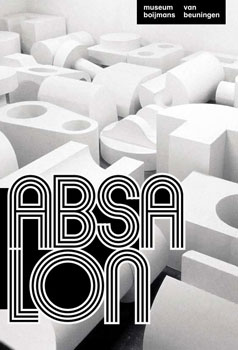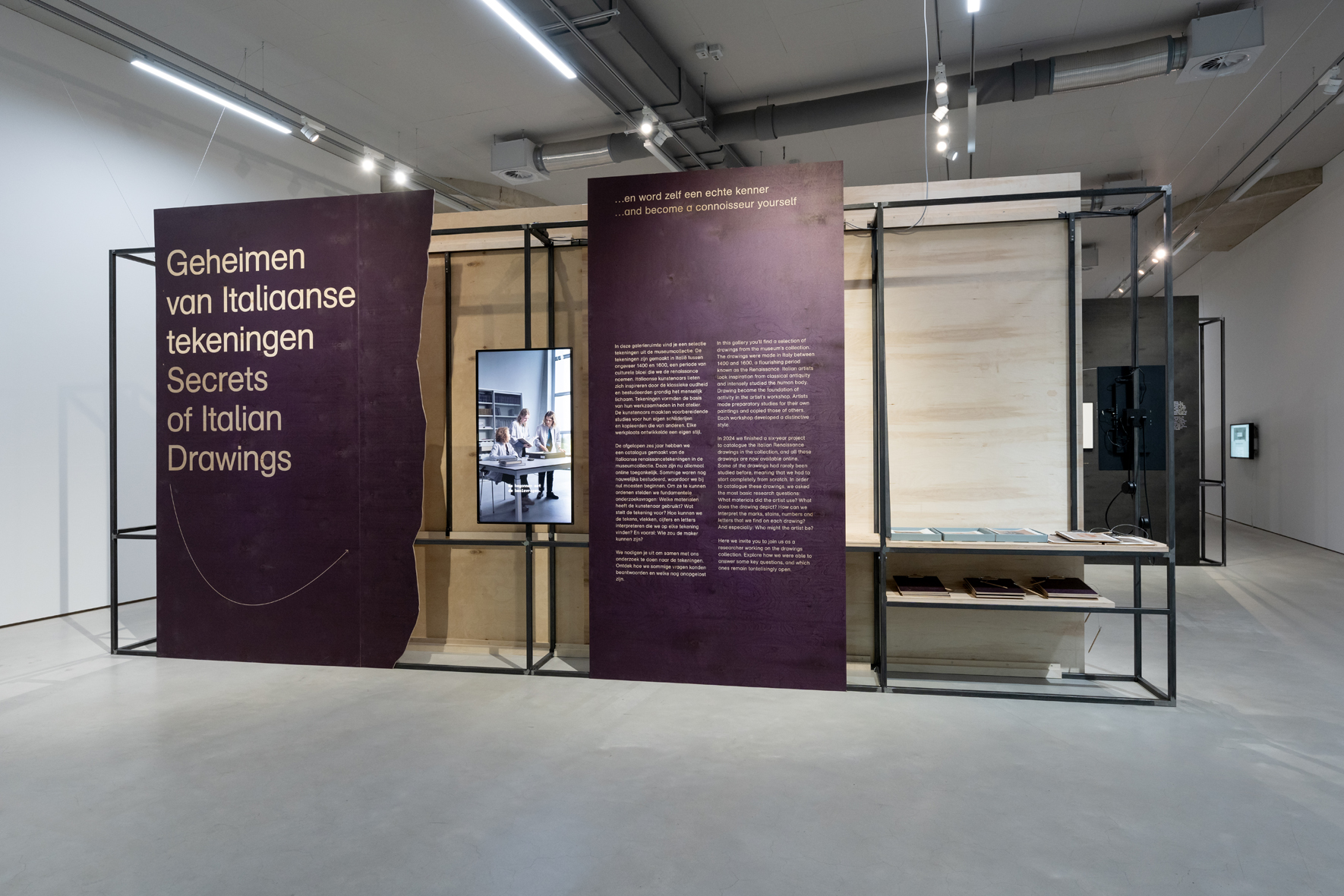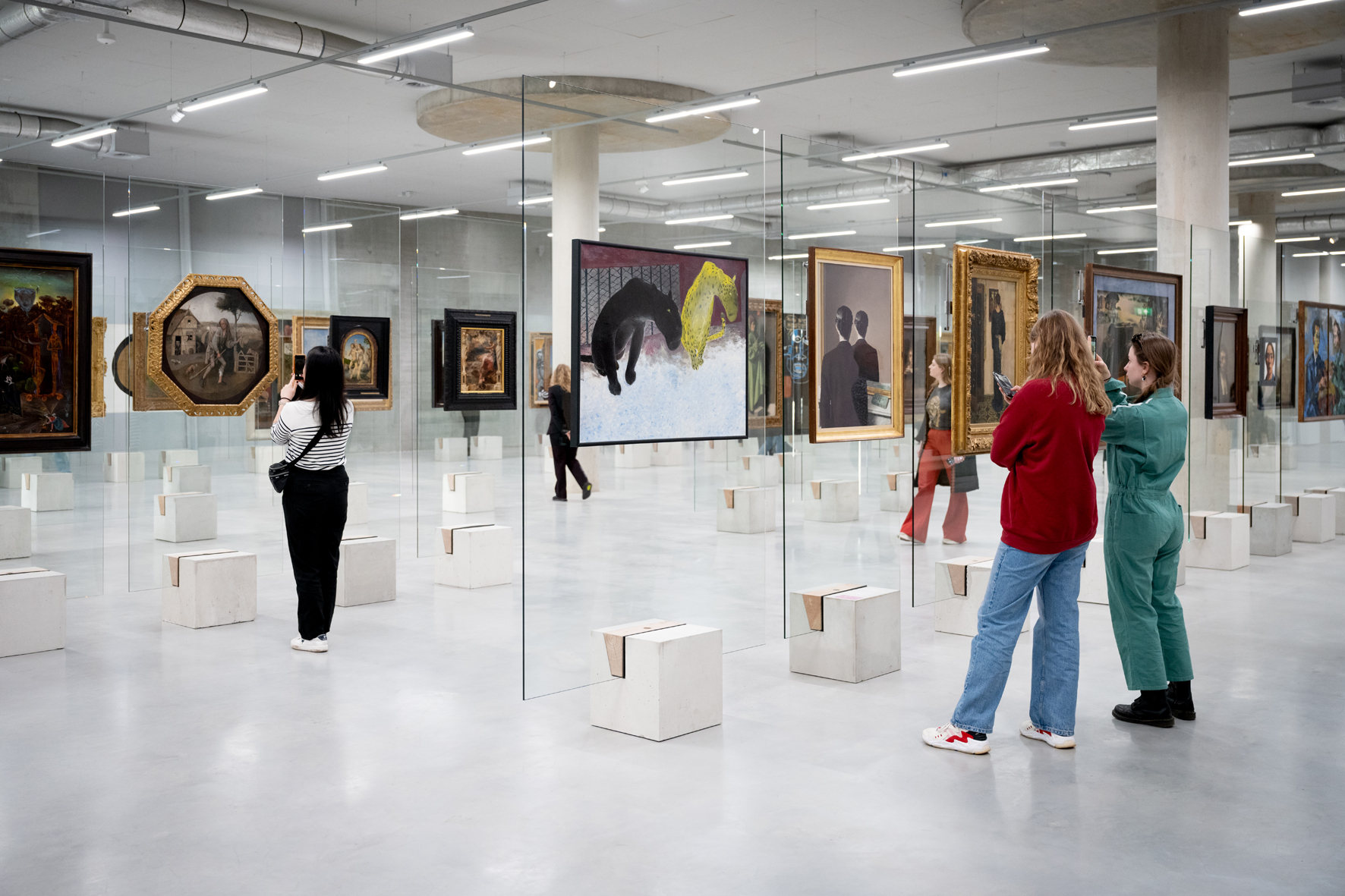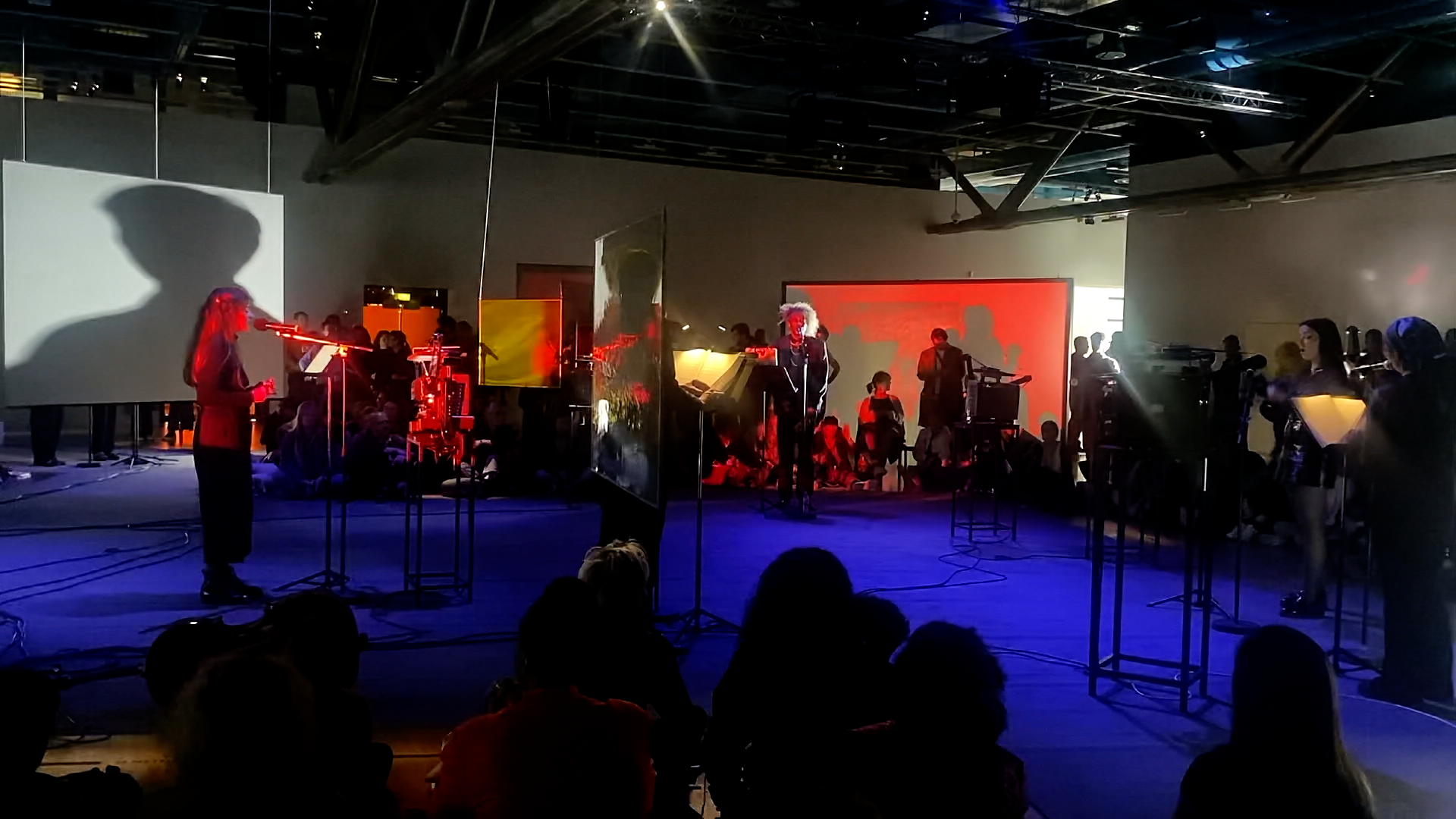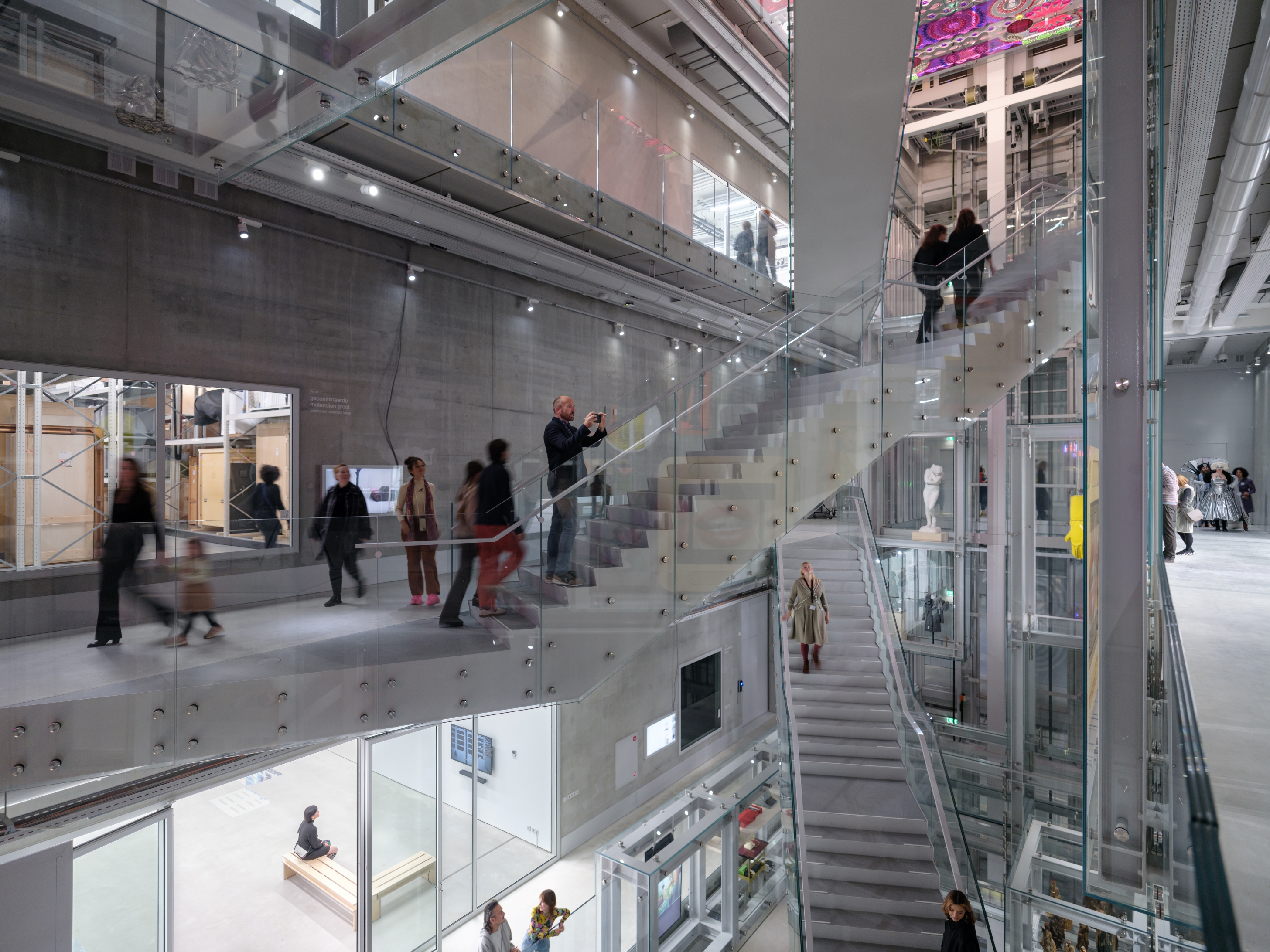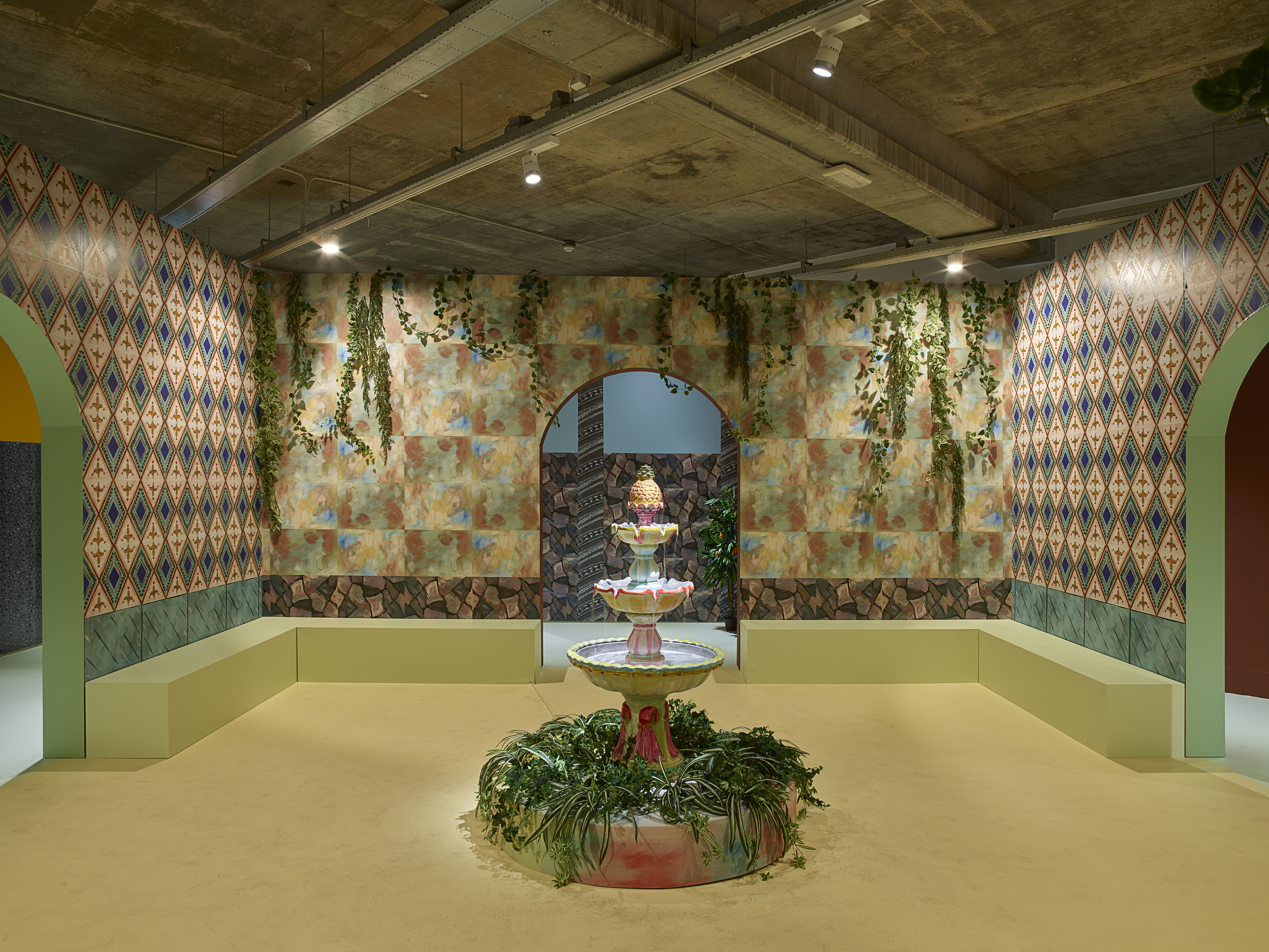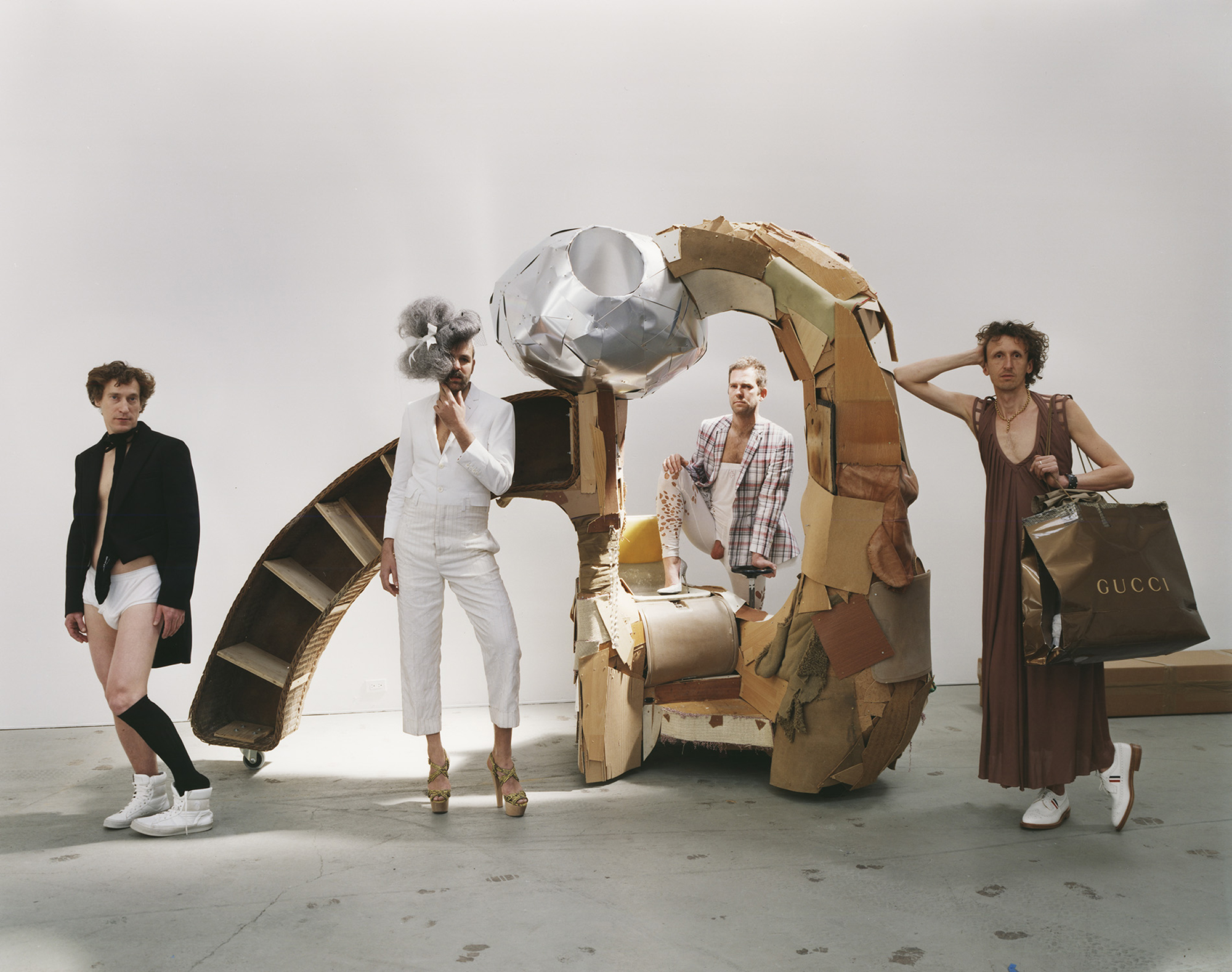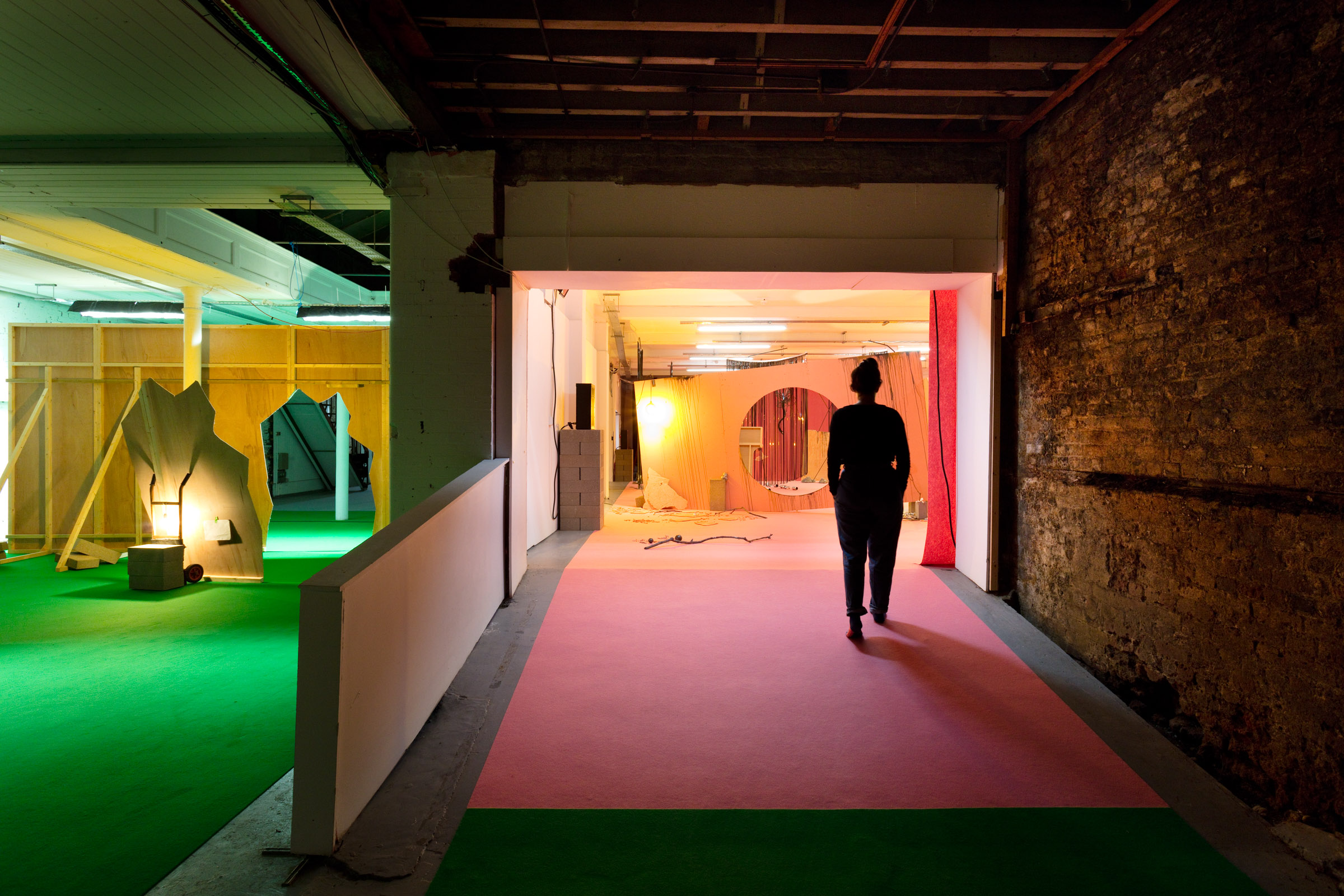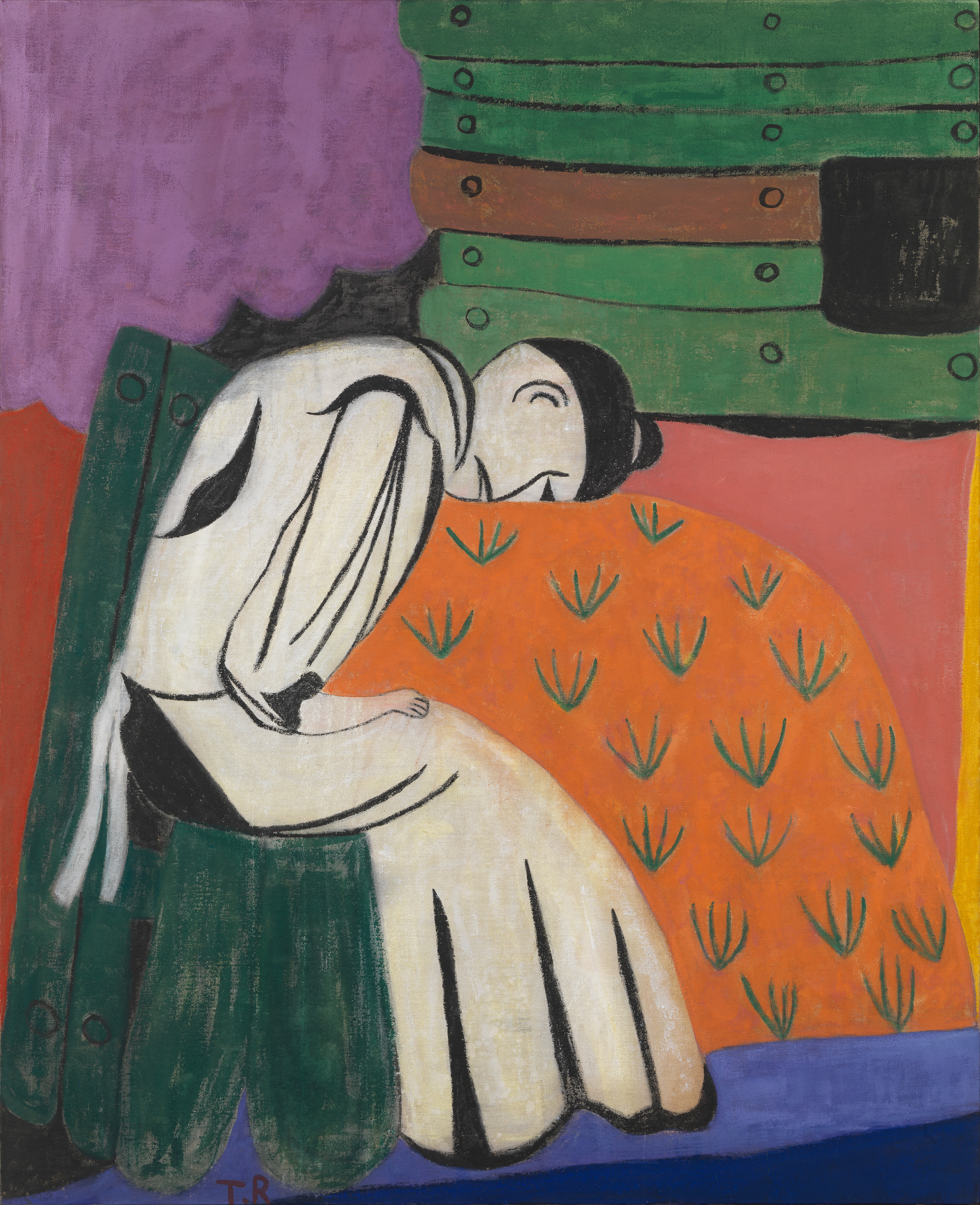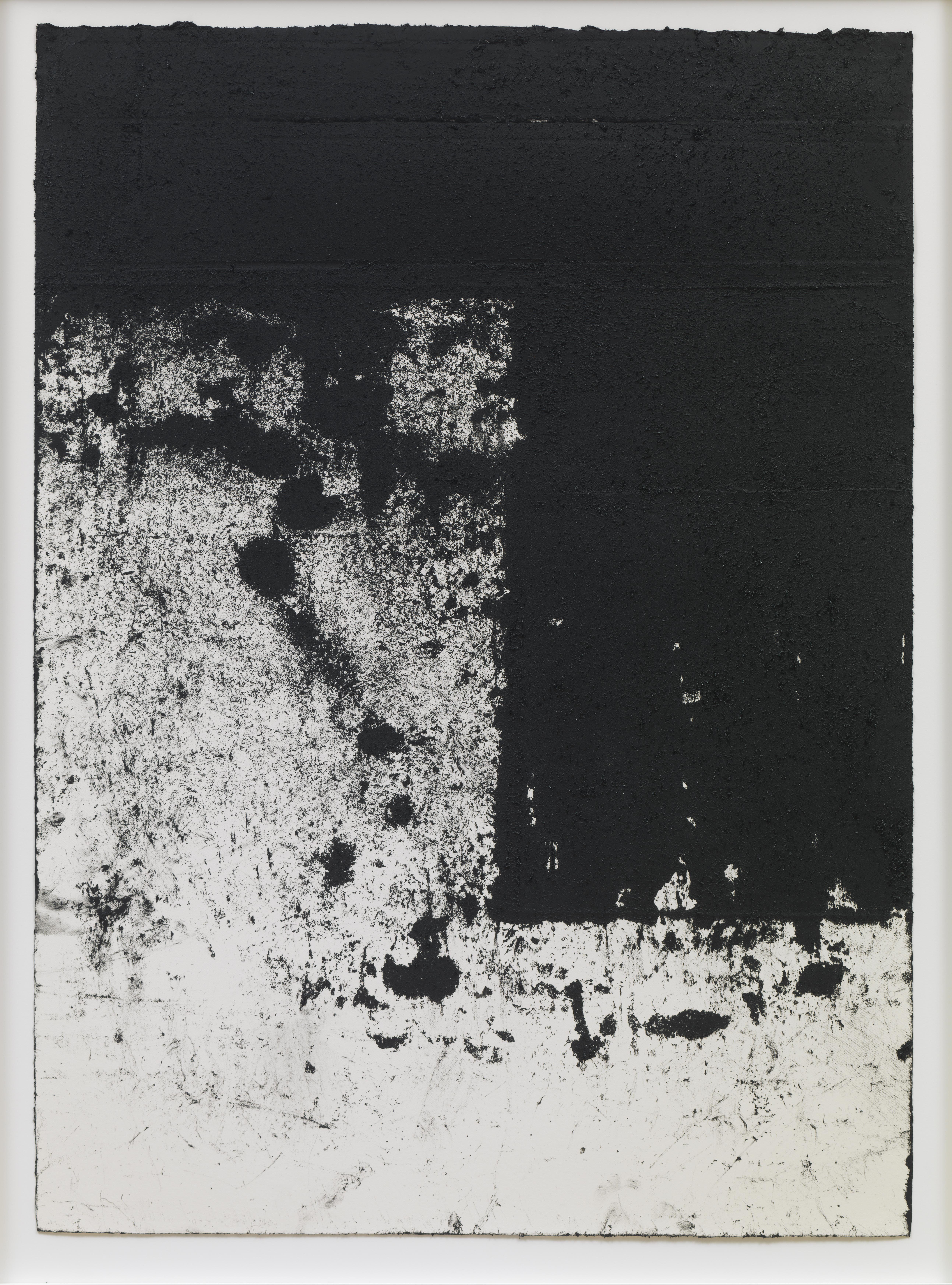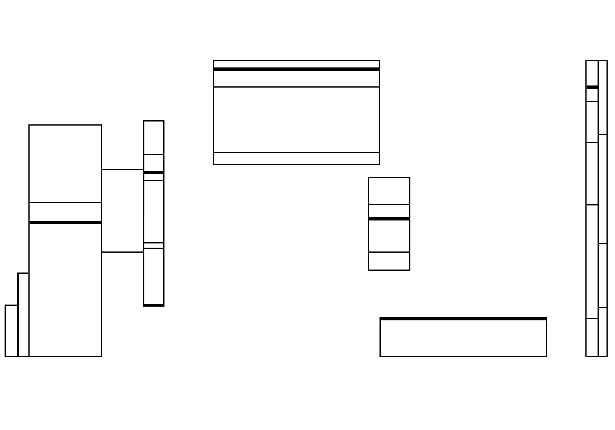Absalon
11 Feb–13 May 2012
Museumpark 18-20
Rotterdam
During the busy annual ‘Rotterdam Art Weekend’, which includes the ‘Art Rotterdam’ and ‘Object Rotterdam’ fairs, Museum Boijmans Van Beuningen will open its major spring exhibition of Absalon. A collection of mainly large, white objects, models and films made by an artist who created a great impression before he died at a young age in 1993.
Absalon (1964–1993) is known for the living cells constructed entirely from wood and painted in neutral white which he made for six world cities: Tokyo, New York, Tel Aviv, Paris, Zurich and Frankfurt. He called them Cellules. Museum Boijmans Van Beuningen is exhibiting a selection of these living cells together with furniture, drawings, photos, films and test constructions that preceded them. The exhibition was previously compiled by KW Institute for Contemporary Art in Berlin. A huge part is now being exhibited in Rotterdam. The press preview will be held on Thursday 9 February.
Cellules
The form of Absalon’s Cellules is reminiscent of the modernist architectural styles of Le Corbusier, Bauhaus, De Stijl and the Russian constructivism. They are, however, stripped of their Utopian ideals. The living cells are based on the dimensions of Absalon’s own body and are, as it were, air-raid shelters for just a single person. Each Cellule contains everything needed for daily ritual actions down to the last detail, including slit windows to keep an eye on unwanted guests. The spaces suggest a need for protection and shielding from the chaotic daily life. Absalon described his Cellules as “a bastion of resistance against a society that prevents me from becoming what I must become.”
Films
During the development of the Cellules, Absalon also started working with film. His videos give his oeuvre a new frame of reference. His work refers not only to the constructivism and architecture based on geometric principles, but also to the body and performance art of the sixties and seventies.
Rebel
Absalon, an artist whose imposing work, which was created in just a short time, is highly valued among connoisseurs but is largely unknown to the general public. He was born in the sixties in Israel as Meir Eshel. He chose his new name Absalon (after the rebellious favourite son of the Old Testament King David) in Paris where he moved at the end of the eighties. In Paris he got to know other artists, studied at the Institut des Hautes Etudes et Arts Plastiques and started on his oeuvre in which enormous developments took place in just a short time. He becomes fascinated with spaces. His Cellules are the end product. At the beginning of the nineties he moves to Boulogne where he lives in a house by Le Corbusier. Five years later, he returns to the land of his birth for his exhibition in the Tel Aviv Museum of Art. He then decides to live in his Cellules, spread over various cities. Absalon’s plan was never realised; he dies at the age of 28 in Paris on 10 October 1993.
The exhibition has been curated by: Susanne Pfeffer, KW Instituut for Contemporary Art in Berlin. With the kind support of: Institut Français des Pays-Bas.
The official opening of the exhibition takes place on Friday evening 10 February from 8–11 pm.
Note for the editors
For more information and images, please contact the Marketing and Communications department, telephone +31 (0)10 – 44.19.561 or pressoffice@boijmans.nl. The museum is organizing a special preview for ABSALON on Thursday 9 February.
